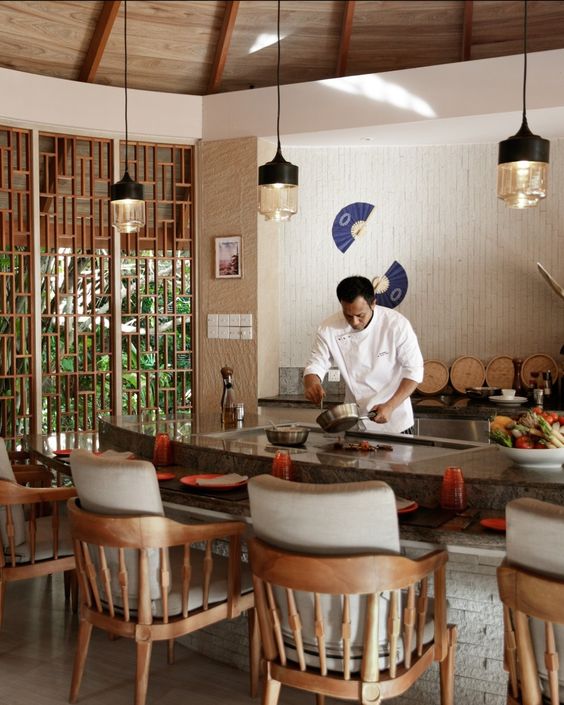
Ron Wong
86-13380258855
sales@rongroup.co

What is Tatami Seating?
Tatami mats are traditional Japanese flooring made from woven straw, providing a natural, aromatic, and slightly springy surface. Restaurants often create Tatami seating areas where customers can dine on low tables, either sitting directly on the mats or on cushions called zabuton. This style of seating is deeply rooted in Japanese culture and offers a unique, authentic dining experience.
Why Tatami Seating Enhances Customer Satisfaction
Cultural Authenticity
Tatami seating immediately transports diners into a traditional Japanese setting, enriching their cultural experience. This authenticity is a key factor in customer satisfaction, as many diners seek more than just food; they desire an experience.
Comfort and Relaxation
The natural materials of Tatami mats provide a soft, comfortable surface. Combined with the relaxed seating posture, this can make the dining experience more leisurely and enjoyable, allowing customers to savor their meals in comfort.
Aesthetics and Ambiance
The look and feel of a Tatami area contribute to a serene and peaceful ambiance. The simplicity and natural beauty of the materials create a calming environment, enhancing the overall dining experience.
Social Interaction
Tatami seating often involves communal dining, fostering a sense of togetherness and encouraging social interaction. This communal aspect can make dining more enjoyable and memorable for groups.
Health Benefits
Sitting on the floor promotes better posture and can improve digestion. The act of getting up and down from the floor also provides gentle exercise, which can be beneficial for overall health.

Incorporating Tatami Seating in Modern Restaurants
Even in modern or fusion Japanese restaurants, incorporating a Tatami area can significantly enhance the dining experience. Here are some tips for integrating this feature:
Design and Layout
Ensure the Tatami area is easily accessible yet distinct from regular seating. Use traditional Japanese decor to enhance authenticity.
Comfort Considerations
Provide comfortable cushions and enough space for customers to stretch their legs. Consider offering both Tatami and regular seating to cater to different preferences.
Cultural Education
Educate your staff about the significance of Tatami seating so they can share this knowledge with customers, enriching their dining experience.






Ron Group
86-13380258855
sales@rongroup.co
